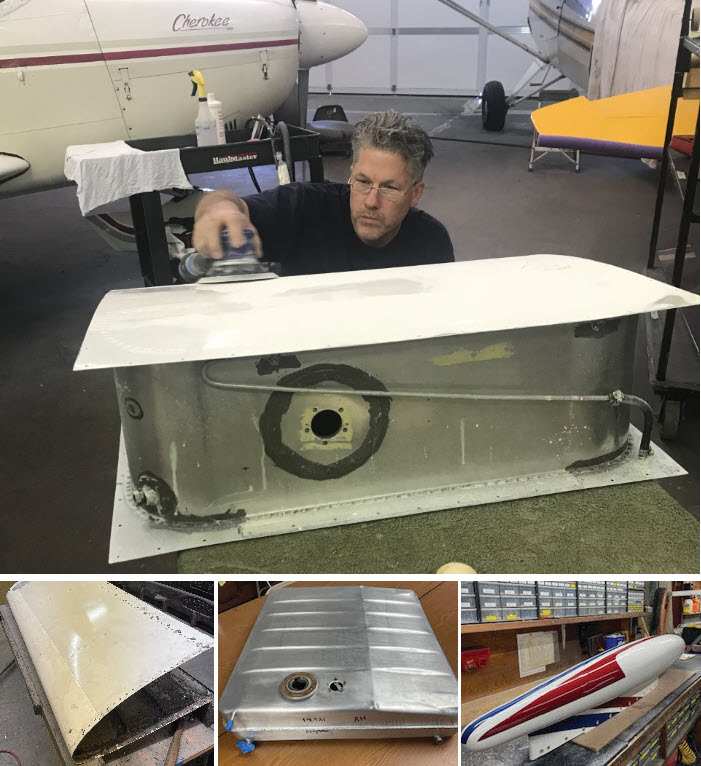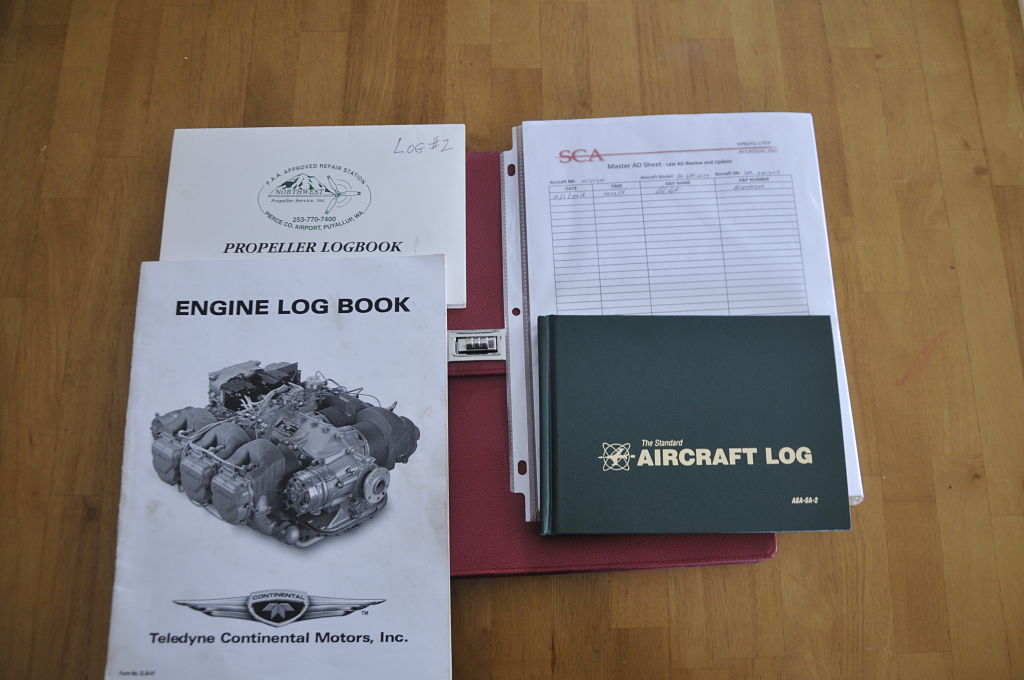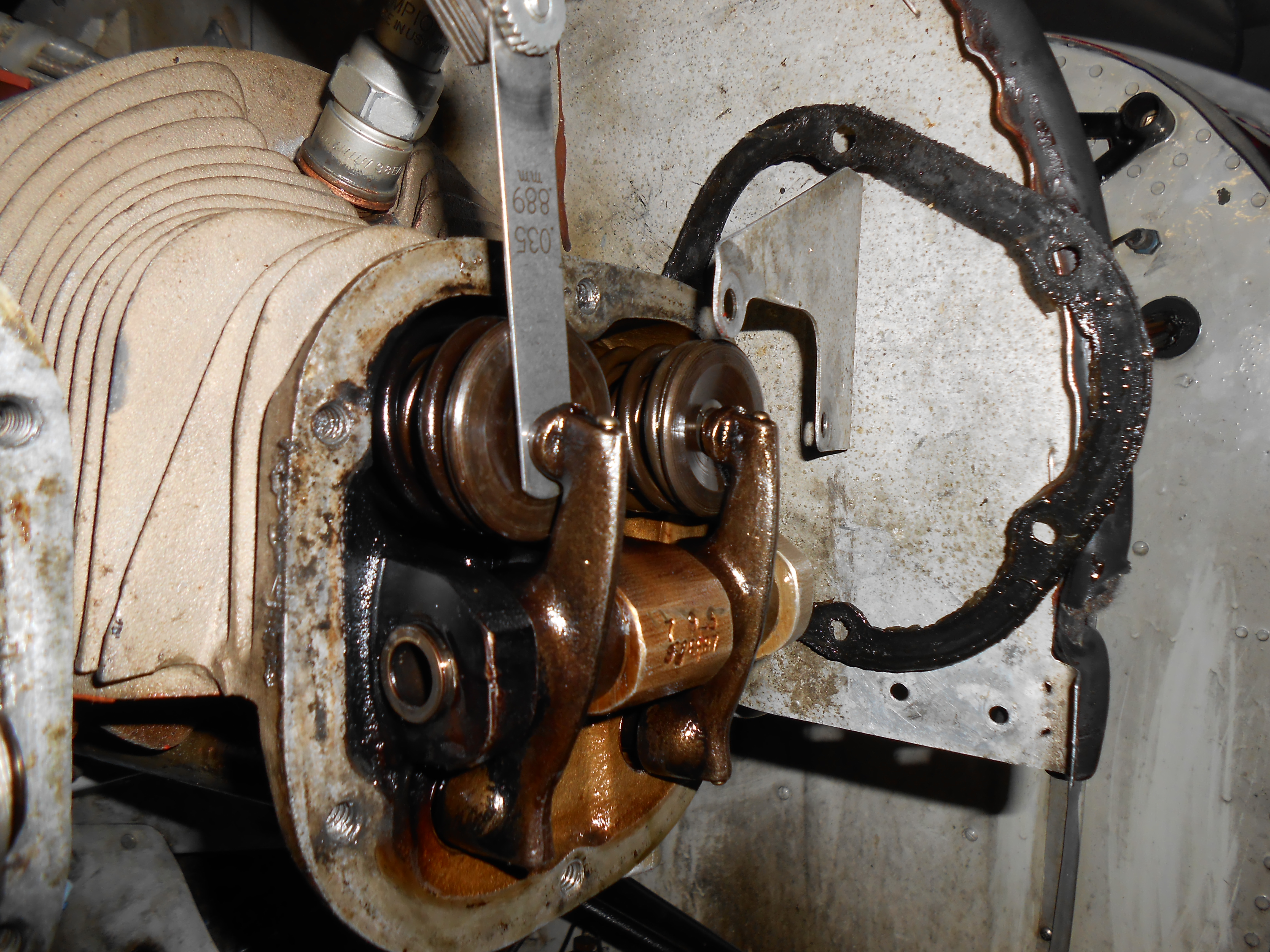By Gerry Sykes, New England Aero Services
Eventually, every fuel tank will need an overhaul and resealing. These tanks are typically integrated into the wing’s structure, subjecting them to expansion and contraction from temperature changes, as well as flexing during flights and landings. This movement stresses the rivets and sealant, while the toluene in the fuel gradually degrades the sealant over time. We all recognize the hazards of leaking fuel—not to mention its high cost. In addition to these normal wear-and-tear conditions, the tanks can also develop cracks, which could lead to more severe damage, such as a fuel tank failure and the loss of fuel mid-flight.
Most fuel tank overhauls last 20 to 30 years.
Is this a Do-It-Yourself Project?
We often see fuel tanks arrive where the owner or other maintenance shops have made their best efforts at repairs, only for some of those attempts to ultimately increase the overall repair costs. To begin with, fuel tank repairs require proprietary parts and sealants that aren’t commonly available at most shops. When standard, readily available parts are used instead, they can damage the tank’s core, often rendering it unusable. Additionally, these tanks are subject to numerous Airworthiness Directives (ADs) over their lifespan. Failure to comply with these ADs can lead to fuel starvation and accelerate internal corrosion. For Piper wing fuel tanks, which are structural components of the wing, specialized, proprietary procedures are required to ensure the tank remains undistorted and maintains its structural integrity.
What Should You Do?
Find a shop whose specialty is fuel tank repair, look at reviews, and consult your A&P.
Gerry Sykes is the owner and president at New England Aero Services, an aircraft maintenance shop in northeast Connecticut. They specialize in aircraft fuel tank repair including but not limited to Piper, Cessna, RV, Ercoupe, Beechcraft, Mooney and Fiberglass. They also pride themselves on communication, repair capabilities, low downtime, competitive costs, a two-year warranty, and their vast experience of repairing over 15,000 fuel tanks since they began in 1991. They are opening a second fuel tank repair facility at Vero Beach Airport in Florida in April of 2025.







